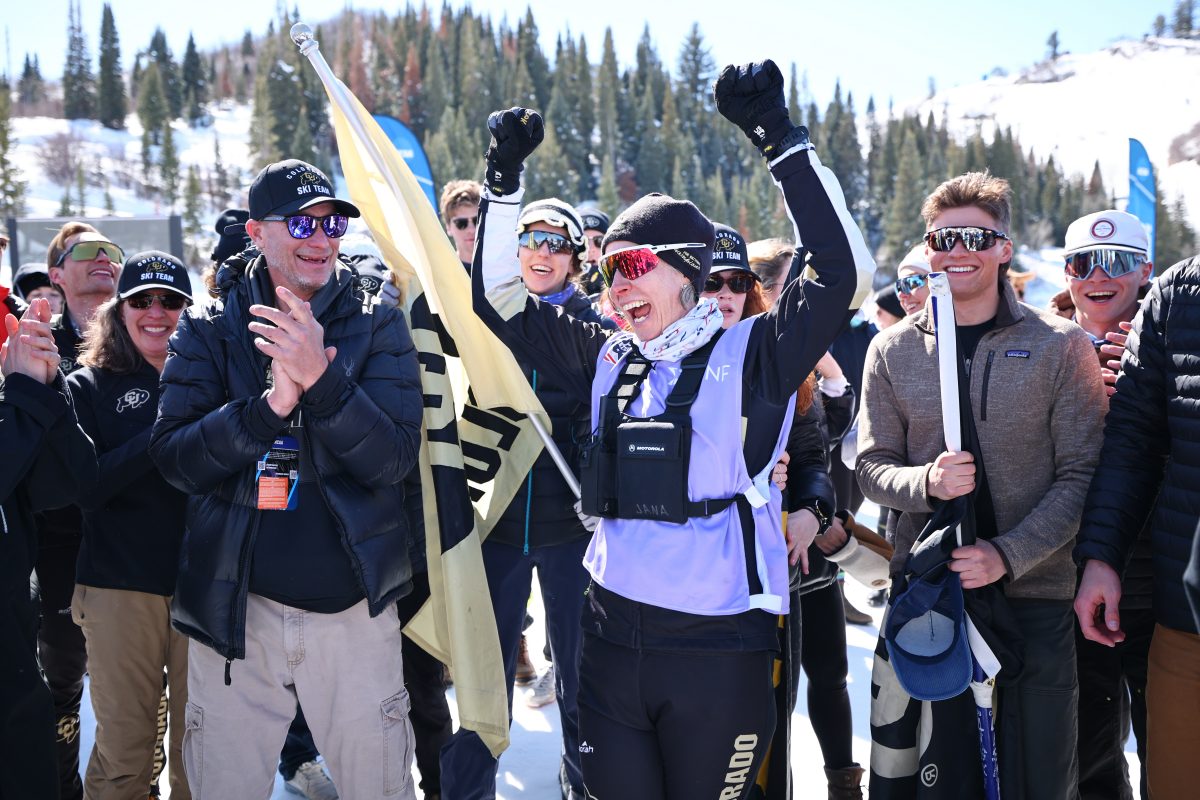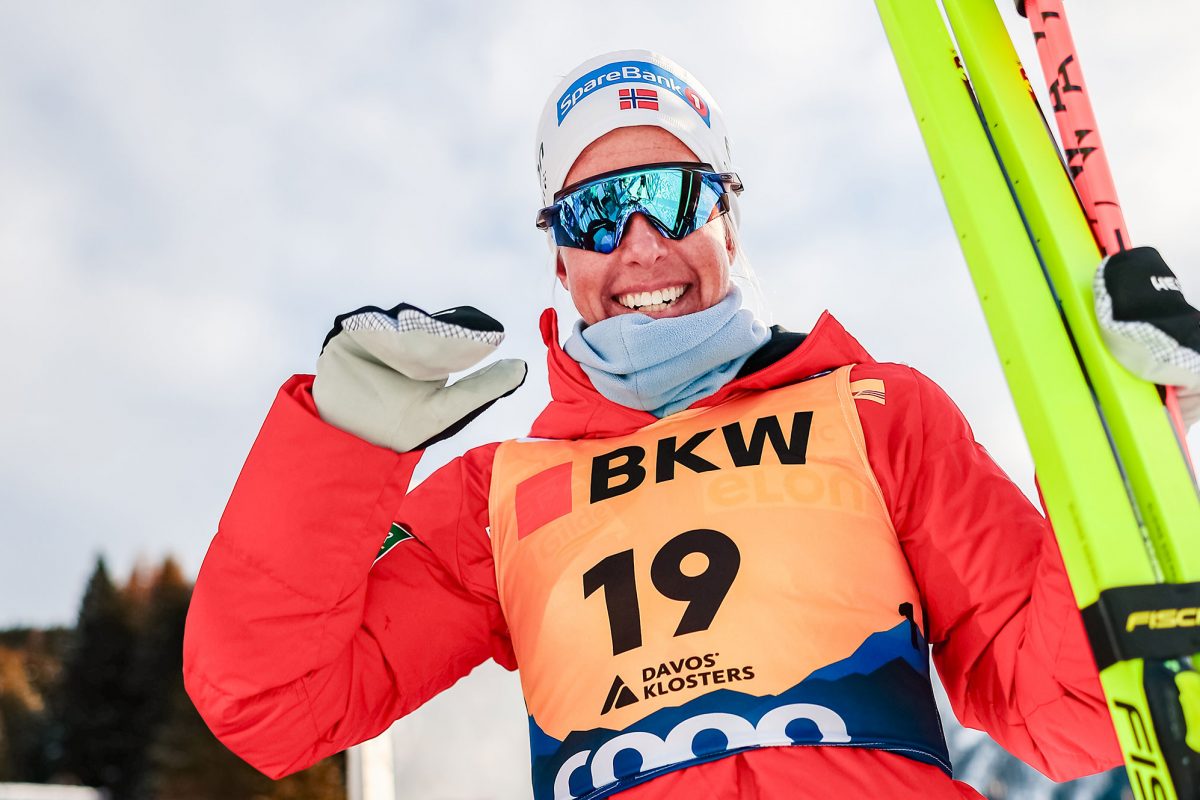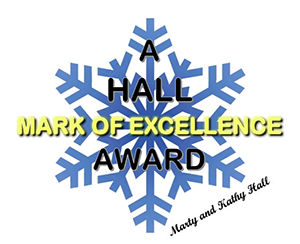 This coverage is made possible through the generous support of Marty and Kathy Hall and A Hall Mark of Excellence Award. To learn more about A Hall Mark of Excellence Award, or to learn how you can support FasterSkier’s coverage, please contact info@fasterskier.com.
This coverage is made possible through the generous support of Marty and Kathy Hall and A Hall Mark of Excellence Award. To learn more about A Hall Mark of Excellence Award, or to learn how you can support FasterSkier’s coverage, please contact info@fasterskier.com.
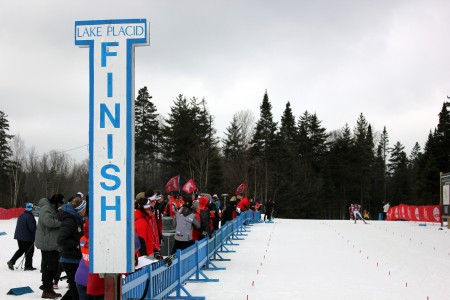
After the smash success of the Minneapolis World Cup, a question being asked by American cross-country fans was whether Minneapolis was a one trick pony, or would we see other World Cup events in the United States? That question was partially answered when it was announced that Lake Placid is on its way to being a host venue for a World Cup in 2026. While it’s not official yet, the groundwork has been laid; barring any last minute complications with FIS (International Ski Federation), we should see World Cup racing in Lake Placid, New York, toward the end of March 2026.
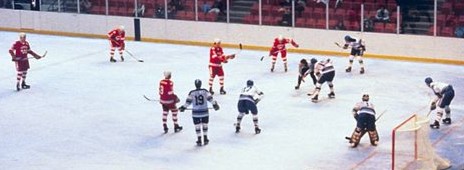
To get the details of what it took to get to this point from the perspective of FIS and United States Ski and Snowboard—and to get a clearer view of what remains to be done—FasterSkier spoke with United States cross-country Program Director, Chris Grover. It has been a long journey from the first seed of the idea of having a World Cup in Lake Placid to getting to the point where it’s almost a done deal.
To start with, it is not completely accurate to say that Lake Placid has been selected to host the FIS World Cup in 2026. It is correct to say that they are significantly past the initial stages—having been approved by the FIS cross-country committee—and close to the finish line. “In the last round of meetings, the cross-country committee (within FIS) has approved the rough calendar for 2025/26,” said Grover. “The general process is that about two years in advance we’re nailing down the venues.” But the tentative calendar still must be approved by the FIS council when they meet in early June. “We expect it to be approved, generally there isn’t much pushback on things like calendars. After it’s approved, it’s pretty much set for Lake Place for 2026. We are expecting and planning on going to Lake Placid in 2026.”
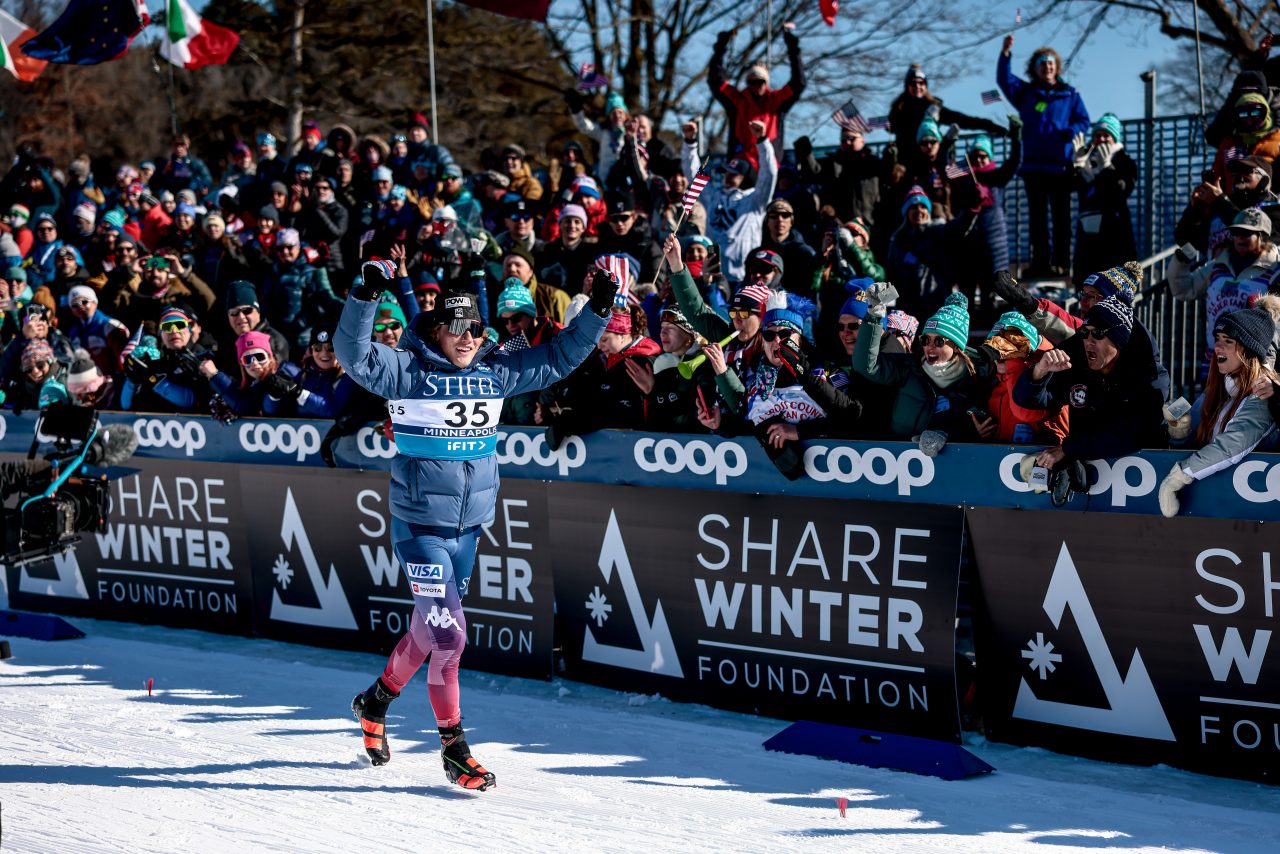
But the work to achieve FIS compliance doesn’t end with the vote. “With every new venue, the FIS staff will want to inspect the venue…they might come over as soon as this summer.” According to Grover, FIS will not only inspect the course, but they will also consider things such as lodging, wax cabin locations, banner locations, and television planning. Grover doesn’t see problems arising, “Lake Placid is an experienced venue that is used to hosting big international events, and they’ve been doing World Cups in other disciplines like luge and ski jumping.” To prove that point, Mt. Van Hoevenberg—located within the Lake Placid complex—is hosting the UCI (Union Cycliste Internationale) cross-country cycling World Cup this fall, which will add to their experience.
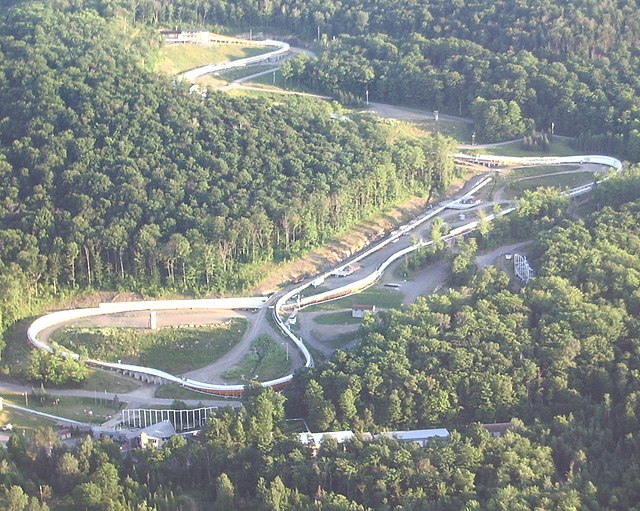
The March 2026 World Cup program is anticipated to have three races. While the format won’t be finalized until next spring, Grover expects that there will be one day of Sprinting, and two days of Distance racing. He doesn’t think it is likely that there will be team events such as relays. So that means the race format will probably come down to a Sprint, a 10 k race, and a 20 k race.
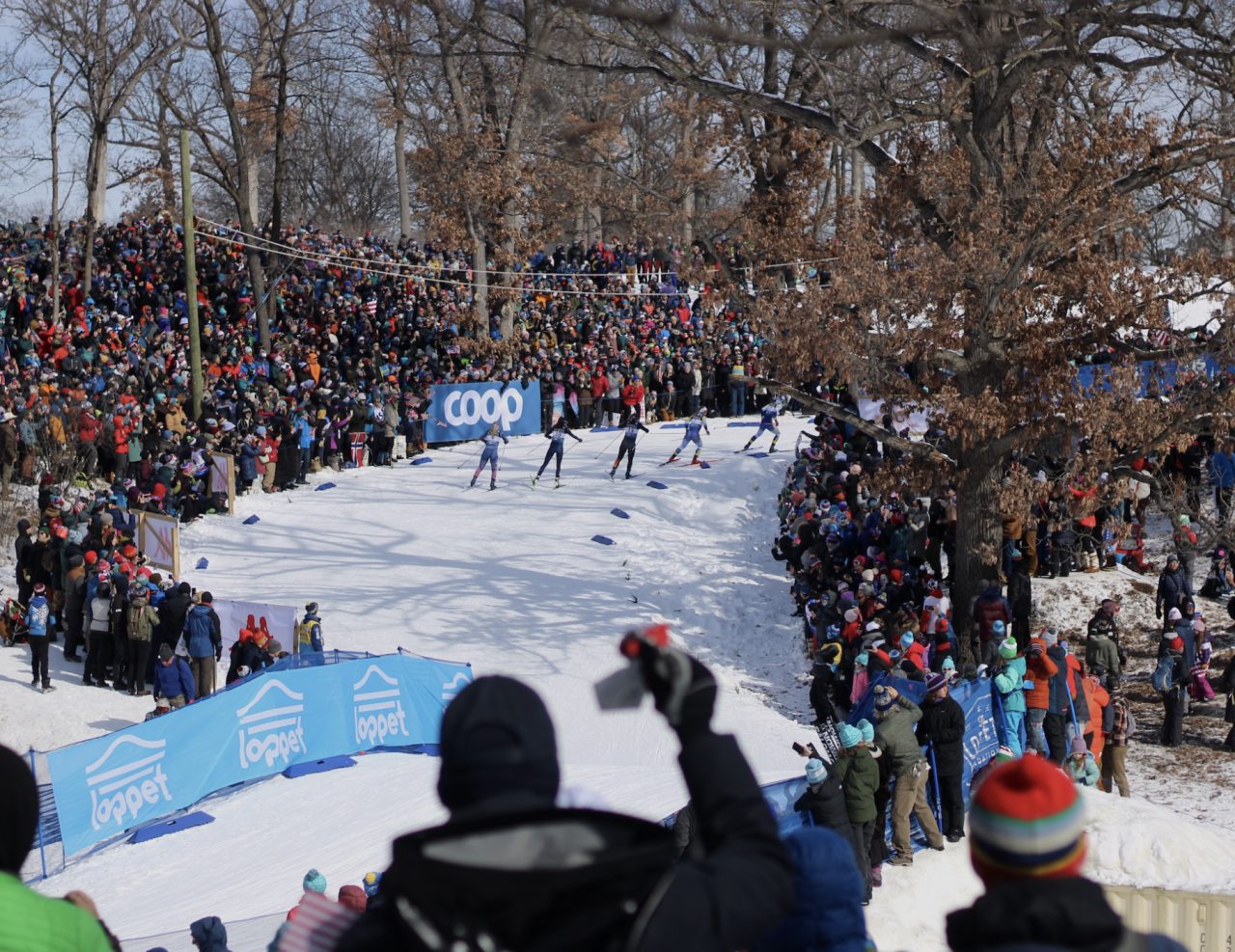
Grover emphasized the momentum of building off Minneapolis’ success. This was demonstrated when an athlete survey was conducted by Julia Kern (USA) and Jimmy Clugnet (GBR)—the two FIS athlete representatives—where almost 100 athletes were surveyed as to what their favorite venue of the year had been. Minneapolis won by a landslide. Over 90 percent of athletes also voted yes when asked about coming back to the U.S. after the 2026 Olympics.
There was also wide spread international support for another North American World Cup from FIS officials. “It was almost unanimously supported in the sub-committee where the voting took place,” said Grover. “The vote was 17 to 1 to go to Lake Placid, so there’s huge support, in part due to the success of Minneapolis.”
That enthusiasm will surely be tested when the tentative schedule will make athletes decamp from the last weekend of racing in Europe, travel the next day on Monday, and race in Lake Place the following weekend, March 20-22nd. There will not be a week off like there was this last winter when the World Cup traveled to North America.
The impetus for having another U.S. World Cup came in part from U.S. Ski and Snowboard. “The idea of doing something in the spring of 2026 was something that our C.E.O., Sophie Goldschmidt, asked. We floated the idea to Lake Placid and asked if they would look at it. They really dug into it…and they came back this winter and said they figured out how they could do it.”
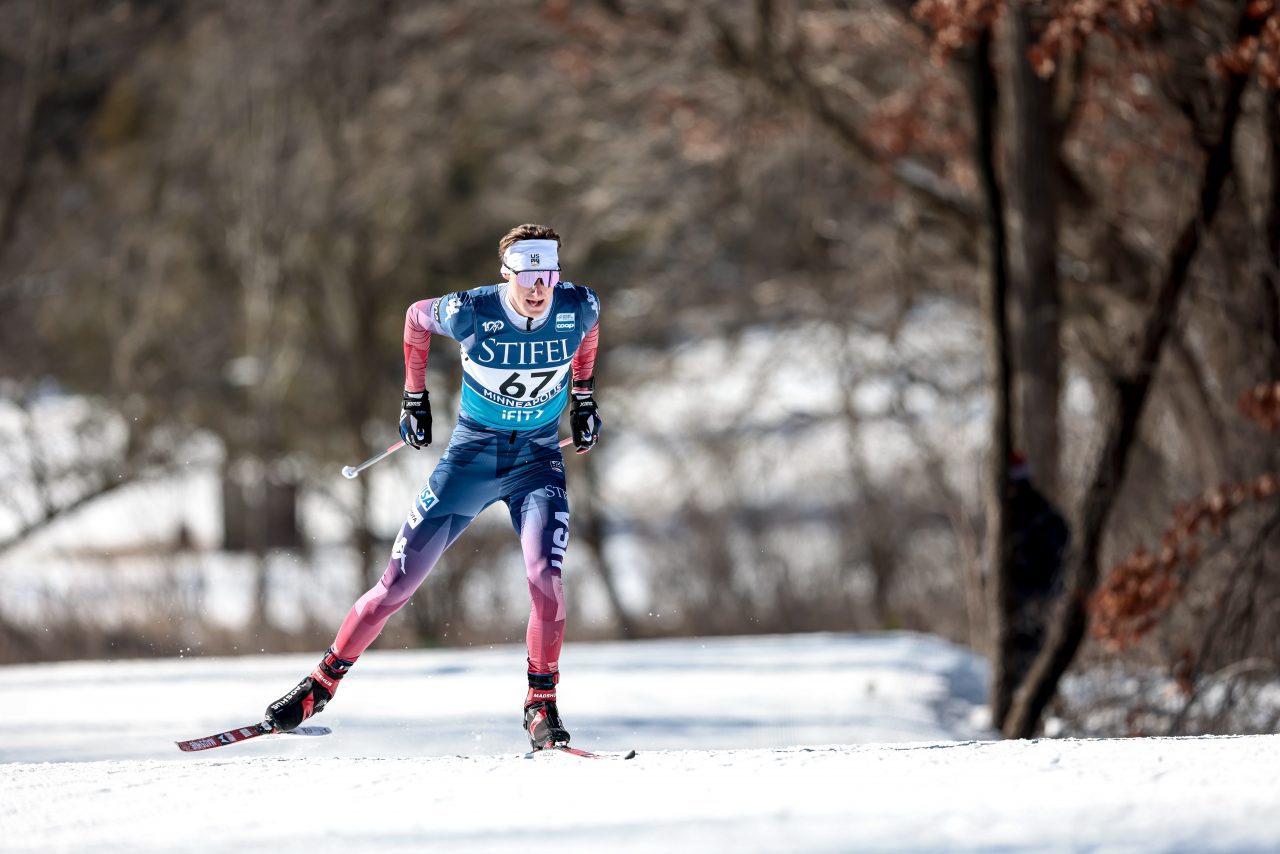
An often overlooked benefit of having a World Cup race on home soil is the increase in team size that comes with it. The benefit—the “host nation’s groups quota”—would mean additional starters for the U.S. “We will have a full start field, 12 men and 12 woman that can start each race,” said Grover. “It gives the most opportunity to the most U.S. athletes. I expect we’ll have a team size there of probably 35-40 athletes, when you take Sprint, Distance, men, women into account.”
Unlike last winter when the World Cup visited Canada and the U.S., this time it will be strictly an American affair with no Canadian stop. Grover attributed this to the Scandinavian venues already on the calendar. “It’s pretty locked in that in the spring you’re going to be in Lahti, Oslo, and one Swedish venue, usually Falun. That block is traditional in the long term planning.”
Grover hopes that trips to North America will now be part of the regular schedule. “We’re already starting discussions with Canada about 2028. Whatever happens with the FIS games in 2028…could make that more difficult.” But scheduling difficulties go beyond potential conflicts with the nascent FIS games. “There are more places that want to have World Cups than we have weekends in the calendar.”

It wasn’t lost on Grover that the timing of the Lake Placid weekend could be historical. “It will be a celebration of what we hope will be a successful winter Olympic games a few weeks before,” he said. “It may end up being the last World Cup for some of our key athletes. Nothing is written in stone, but there is a possibility of it being the last World Cup for (long time athletes). If that happened on home soil…it would be incredible. We’ve had that on our radar screens for a while now.” The long term athletes he is referring to are Jessie Diggins and Rosie Brennan. Diggins has already stated her intent to ski at least through the 2026 Olympic season. Brennan has been a little more ambiguous and seems to be taking more of a year to year approach. No one knows for sure when either woman will take their final bow on the World Cup stage, and clearly there is a lot of speculation involved. But if it did turn out that 2026 was the end of the ski trail for two American icons, what a great sendoff it would be.



